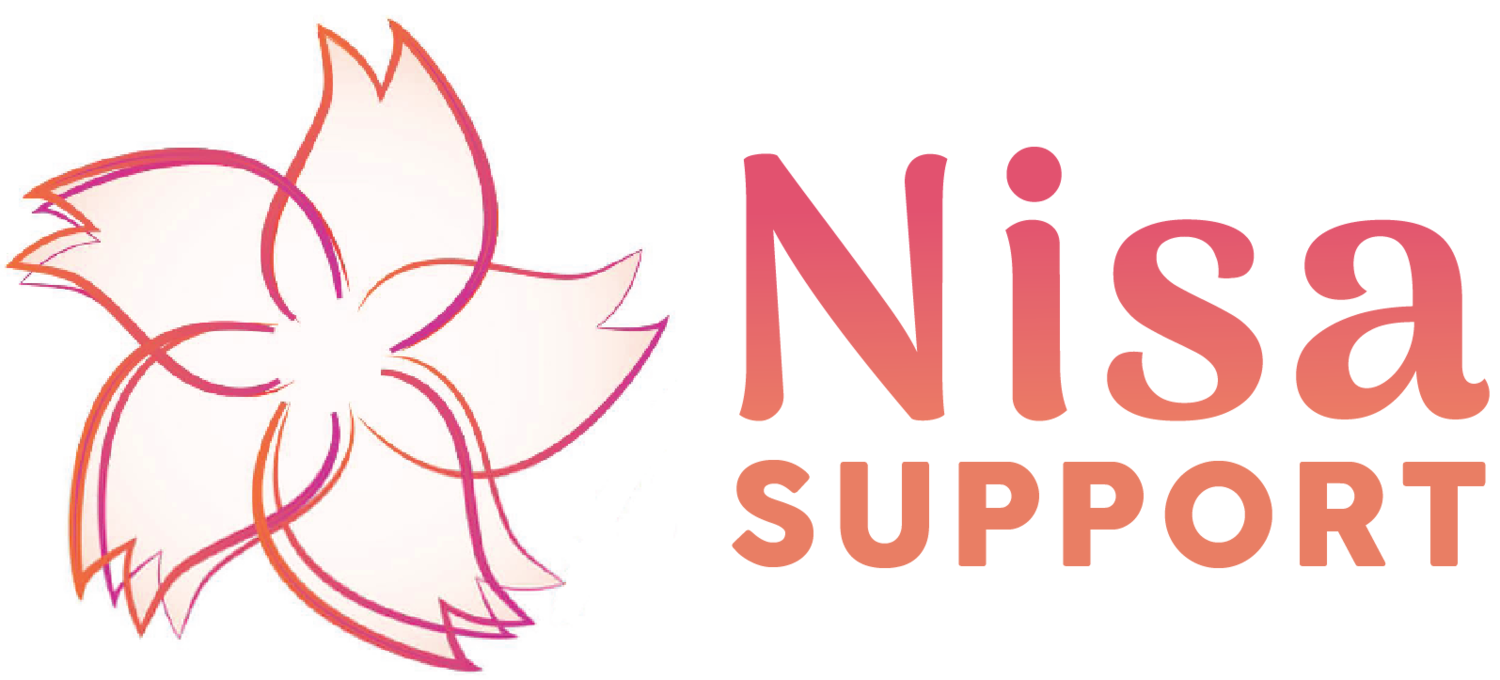Vulnerability in Facilitation
The following was originally published on ProcessInc.ca in March 2016. It has been edited for Nisa Support.
They say that session design can make or break your facilitation. A good design is where it starts – it is the foundation of a good session – whether it’s a workshop, conference, class or retreat. Then, you add good facilitation and, last but not least, awesome, energetic and passionate participants. Of course, that’s the perfect combo. This occurred for me when I had the pleasure of designing and facilitating a Nisa Support workshop entitled Designing Experiential Workshops for Optimal Learning. This full-day session was developed to help participants elaborate their own experiential workshops based on the perfect combination between their passions, skills, knowledge and experience. Participants went through a series of individual and small group activities to brainstorm ideas for their own workshops, followed by a process to create a logical sequence and flow.
Throughout the workshop, I felt energized by the women in attendance and by their passion for their respective topics. I believe that facilitating a workshop is a co-learning process. The knowledge is already in the room, and new knowledge is being created throughout the session, within small group work, large group discussions, brainstorming and reporting. We build new knowledge with the participants as we go. Individuals don’t need to be lectured to learn; they only need enough information to continue their creative process. The focus should be on them, not on the facilitator. As facilitators, we are not there to ‘lead’ the group; we are there to support the group create new knowledge. We are co-learners and we are supporting a community of learners.
As one participant stated last weekend, on the difference between public speaking (lecturing or giving a speech) and facilitating: “It seems like what you are doing when you are facilitating is being more vulnerable with your participants. You are putting yourself out there more.” Yes, we are more vulnerable when we facilitate. To build trust amongst participants and between participants and the facilitator, we need to humble ourselves and show that we are human. The quickest way to establish trust is to show our vulnerability. We are not putting on a show. We are not superhero experts that never make mistakes or present flawlessly with great posture, tone and vocal variety. We need to write our instructions on flip charts so that we don’t say things that make absolutely no sense and leave people with question marks. We need to show our real selves and the emphasis is not usually on how to look good up there. Our air time is limited and the key to a great workshop is how much you are able to motivate others to participate. WE ARE FACILITATORS!

